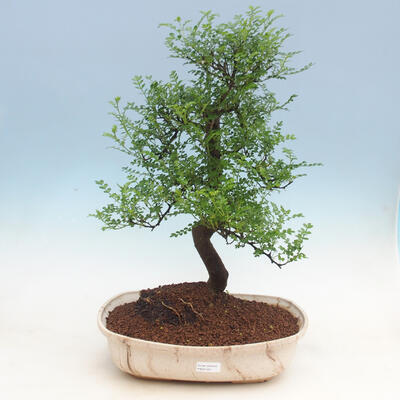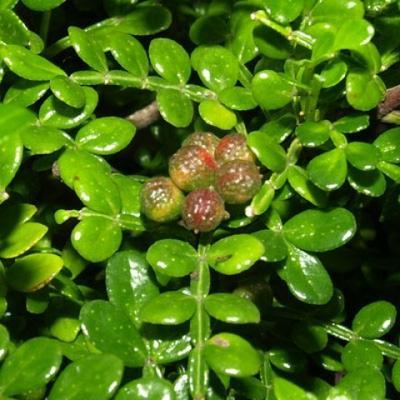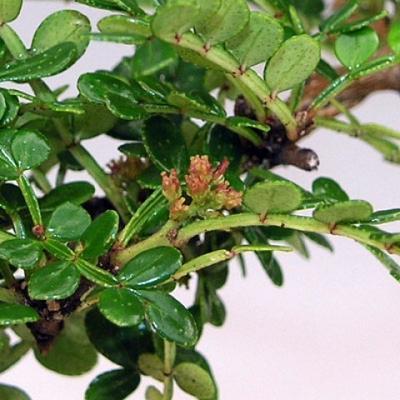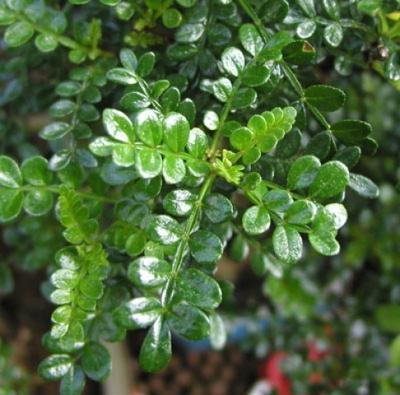Indoor bonsai - Zantoxylum piperitum - PeppercornSPICES OF LONGEVITY Caragona spinosa, Zantoxylum piperitum Chinese pepper, Szechuan pepper, Japanese pepper, fagara, yellowwood pepper, aniseed pepper It is one of the oldest Chinese spices, highly valued and revered, used as an offering to the gods. It is a plant with a wide range of effects, especially to the area of the liver, lungs, spleen, pancreas and CNS. It has tonic, antimicrobial, antiviral effects, acts against parasites in the intestines. But this "pepper" is not at all related to the well-known black pepper. They are reddish-brown fruits, dried capsules of a tall shrub similar to acacia, growing in Southeast Asia. The fruits contain essential oil with a burning taste, they are aromatic. Szechuan pepper is a very sharp, even taste-numbing, aromatic spice. To increase the aroma, it is recommended to roast the capsules whole or crushed. We only use small amounts for seasoning. We use Szechuan pepper whole or crushed when preparing Japanese or Chinese dishes, especially poultry (duck, chicken, etc.). In China, green tea is seasoned with ground roasted Szechuan pepper. It is recommended to discard any loose black seeds, which are very bitter, before use. The fruit (capsule) is harvested before reaching maturity. The seeds in the capsule cause an undesirable bitterness and are therefore removed after harvest. Szechuan pepper is a classic spice of Asian cuisine, its taste is peppery, slightly lemony. The aroma is fully developed after frying in a pan without fat. It is usually added to food shortly before serving, as it loses its typical taste during cooking. Szechuan pepper is rich in essential oils that regulate salivation and digestion. Roasted causes a slight depression, in larger quantities it numbs the taste nerves and can cause unwanted stomach irritation. Similar to "ginseng" it slows down aging. DESCRIPTION: evergreen shrub with light brown bark on the trunk, younger branches are black-brown. It has glossy, deep green pinnate leaves with ten lanceolate leaflets and is abundantly branched. The inconspicuous green flowers produce black fruits 2 to 3 mm in size, which are used as a spice in Japanese and southern Chinese cuisine (so-called red pepper) for their mild pungent taste. Attention, the small aromatic shiny leaves mainly attract aphids. Against pests, we spray e.g. MOSPILAN in time. For partially fallen plants, watch out for overwatering, the roots rot and then some branches dry up. PLACEMENT: tolerates light and semi-shade well. Winter temperature 15 - 30oC. It produces very glossy new leaves when summered in full sun. WATERING: after abundant watering, let it dry a little. FERTILIZER: after 2 to 3 weeks, year round. TRANSPLANTING: after two years into drier soil. A large number of thick fine roots must be radically shortened, it tolerates this admirably well. SOIL: Substrate for bonsai Bonsai Master, or clay (akadama), peat, sand in a ratio of 1:1:1, good drainage is necessary. CUTTING: often, grows quickly even from old wood SHAPING: anytime, but watch out for small thorns.
 Česky
Česky Slovensky
Slovensky English
English Deutsch
Deutsch Polski
Polski












